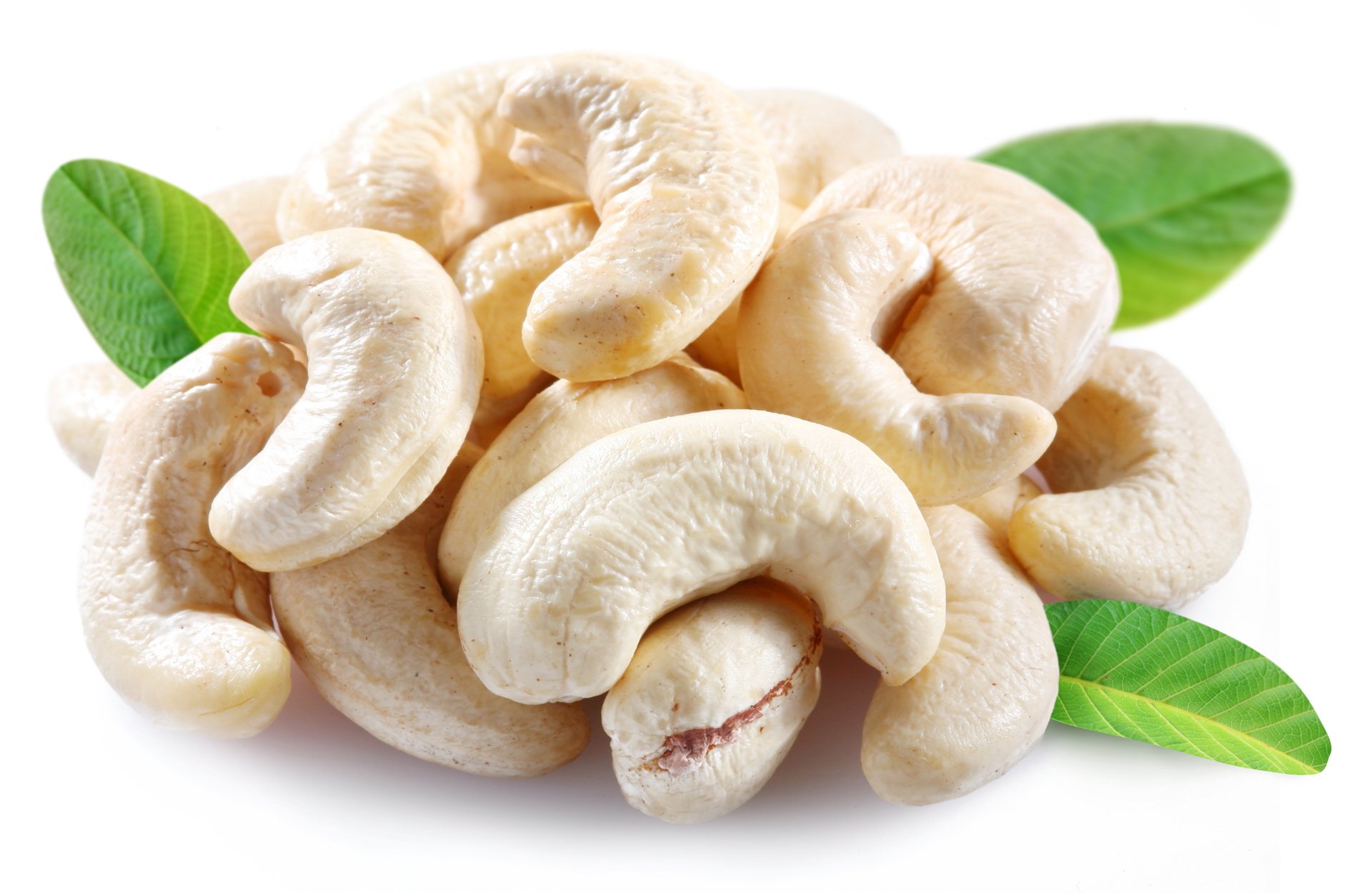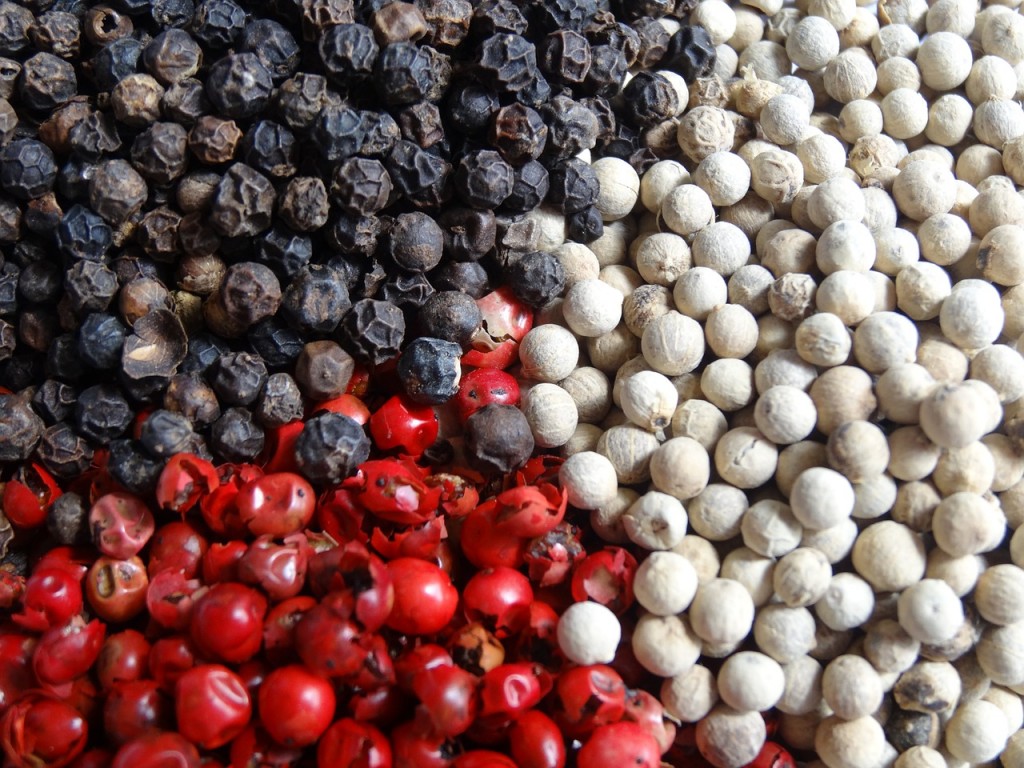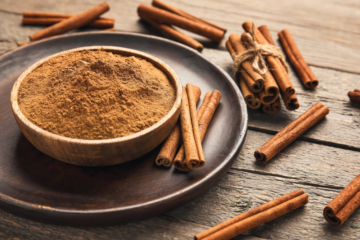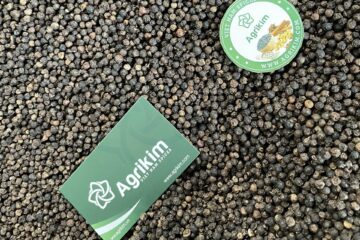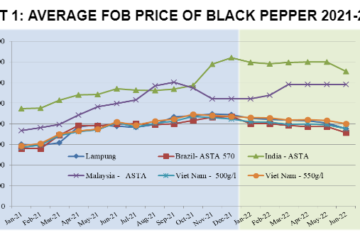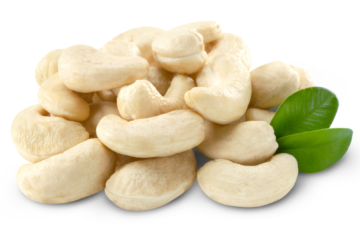
Keep it brief!
1) The world’s pepper sector output is forecast to increase, causing prices to keep falling
2) Vietnam’s pepper industry had better change its growth model and enhance quality to take advantage of free trade agreements (FTAs).
What’s going on here?
Nguyễn Nam Hải – the chairman of the Vietnam Pepper Association (VPA) told a conference on pepper that wrapped up yesterday. In the Central Highlands province of Đăk Nông that the pepper industry this year had seen difficulties due to decreasing selling prices and slow growth compared to last year.
The Ministry of Agricultural and Rural Development is working with localities to examine the development of pepper farming to design a sustainable growth plan for the sector.
Vietnam now has about 100,000ha of pepper with output of 247,000 tonnes. However, pepper prices are still at a low level while production costs have been on the rise of at least 10 per cent from the previous year. This was why the country’s pepper value in the first seven months of the year was slightly reduced.
Pepper cultivation in Vietnam boomed between 2001 and 2017, with total plantation increasing from 35,300 ha to more than 151,900 ha. The 2017 figure far exceeded the ministry’s plans of having 50,000 ha nationwide by 2020.
The growth was driven by good peppercorn prices, which prompted farmers to expand their farms and use growth promoting substances and pesticides to boost yield. When prices dropped, the farming area also shrank to 149,800ha in 2018, and was estimated to hit 140,000ha this year.
What does this mean?
Based on Vietnam’s conditions and global demand, the ministry envisions. The area of pepper farming should be kept at about 100,000 – 120,000 ha.
As such, a total of 70,000 ha will need to be replanted between 2017 and 2030, mostly in key 0 – pepper production hubs in the Central Highlands and the southeastern region.
The ministry said pepper cultivation remained unsustainable due to the rapid expansion of plantations. Particularly in areas unsuitable for the plant. During the period of high prices and the lack of effective measures to control diseases.
In addition to cutting the total farming area, farmers have been urged to follow sustainable and good agricultural practices for improved quality and food safety. This could help Vietnamese peppercorns engage deeper in global farm produce distribution chains.
The ministry also asked the sector to build models that link businesses and farmers in production, processing and product origin tracking.
In the context of these difficulties and competition, new generation FTAs such as the CPTPP and EVFTA. The tax rate for pepper products in member countries will be significantly reduced once they come into effect.
The Import-Export Department under the Ministry of Industry and Trade said nine countries joining in the CPTPP would immediately. For example, Namely Australia, New Zealand, Canada, Malaysia, Singapore, Brunei, Chile, Peru and Japan. This was set to give Vietnamese pepper a competitive edge in CPTPP countries.
Source: vietnamnews

